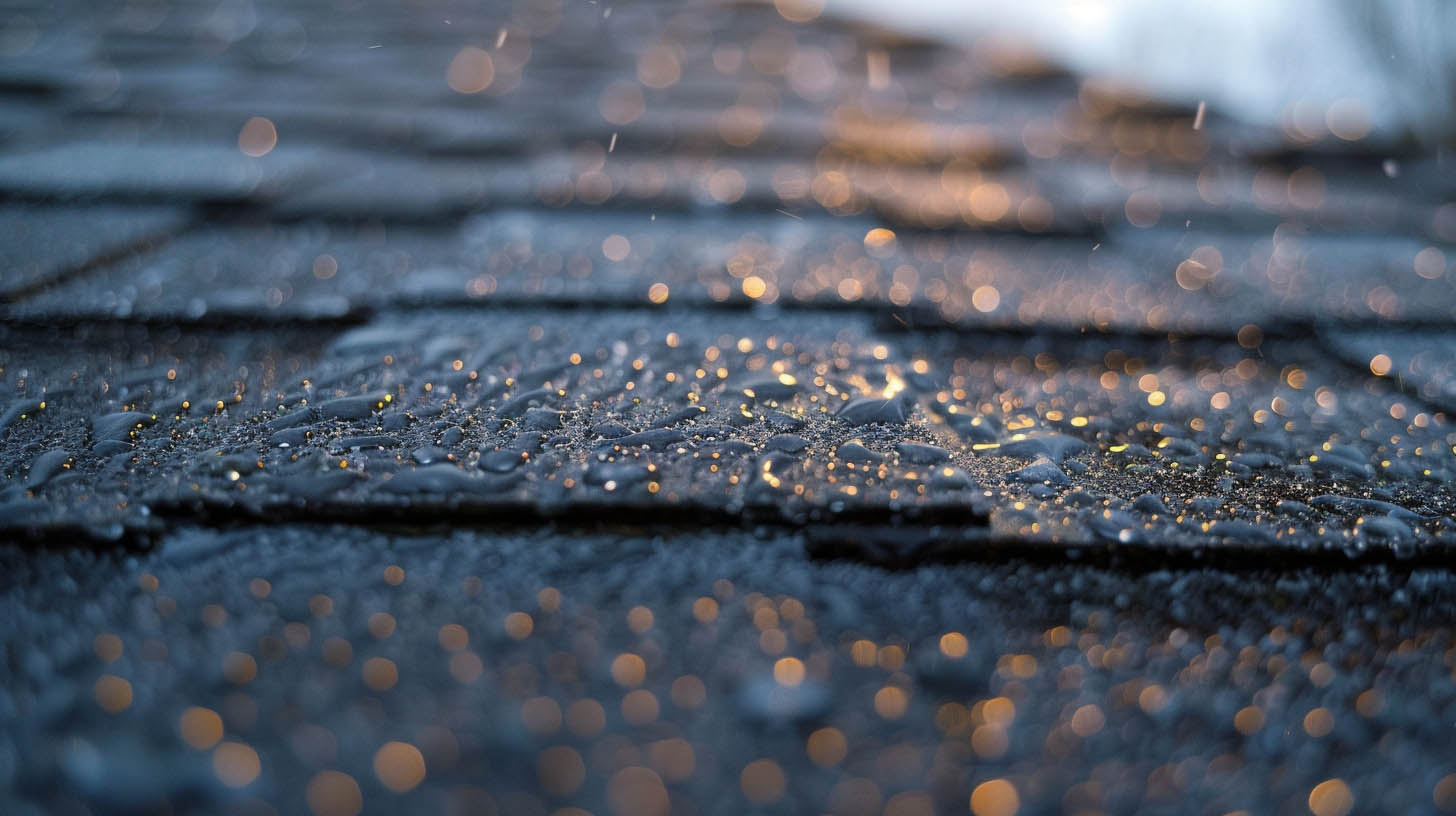Using rock salt to melt snow and ice on your roof might seem like a quick fix, but it can lead to several serious problems. Trojan Roofing in Indianapolis advises against this practice and highlights the reasons why it’s harmful as well as safer alternatives to manage ice dams and snow accumulation.
The Dangers of Rock Salt on Roofs
Ineffective in Extreme Cold: Rock salt only works effectively down to 20°F (-6.67°C). In colder temperatures, its melting capability diminishes, making it an impractical choice for many winter scenarios.
Corrosion of Roofing Materials: While rock salt may not directly damage shingles, it can corrode metal components such as nails and flashing. This corrosion can weaken the roof’s structural integrity and lead to leaks or tile displacement.
Potential for Structural Damage: The weight of ice dams can be significant, and melting them with rock salt requires large quantities, which can further strain the roof structure.
Damage Beyond the Roof: As rock salt melts ice, the resulting saline water can drip over eaves and downspouts, corroding metalwork, damaging masonry, and killing plants in garden beds below.
Safer Alternatives for Ice Dam Removal
Manual Removal: Using a roof rake to remove snow from the ground is a safe and effective way to prevent ice dams without stepping onto the roof.
Improved Insulation and Ventilation: Enhancing your attic’s insulation and ventilation can maintain a more consistent roof temperature, thereby reducing the conditions that lead to ice dam formation.
Professional Snow and Ice Removal: In cases of severe snow and ice accumulation, it’s safest to hire professional roofing contractors. They have the tools and techniques to safely clear your roof without causing damage.
Conclusion
For Indianapolis homeowners, the risks of using rock salt on roofs far outweigh its benefits. Consulting with professional roofers like Trojan Roofing can provide you with effective, safe alternatives for ice dam and snow management.
To learn more about safely managing icicles on your roof, click here.

